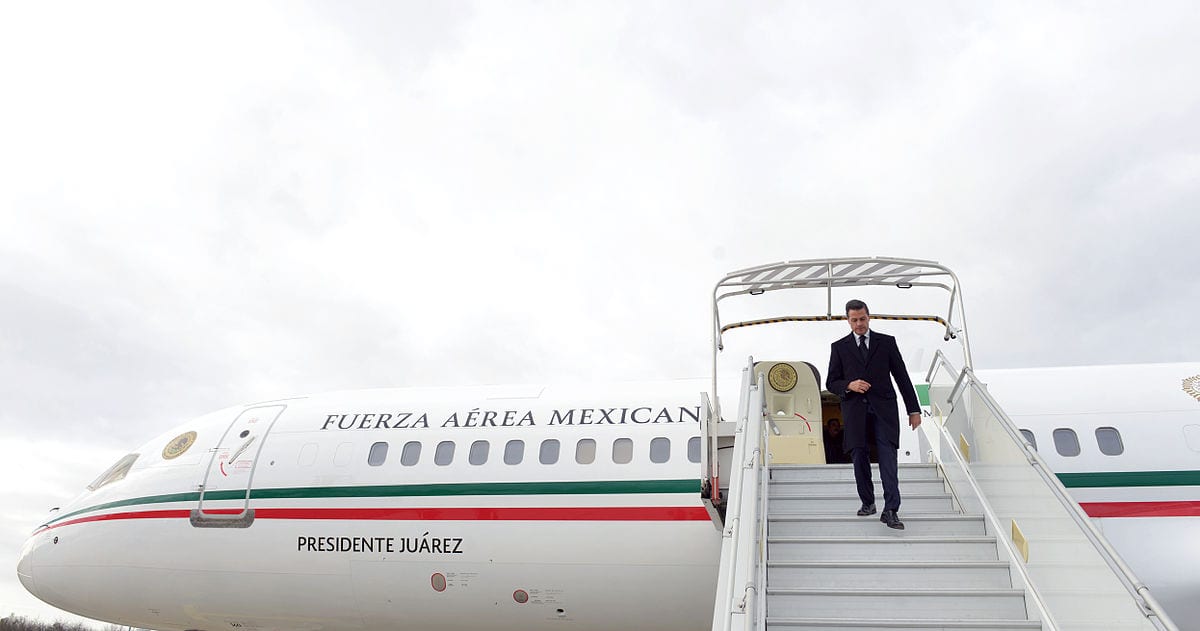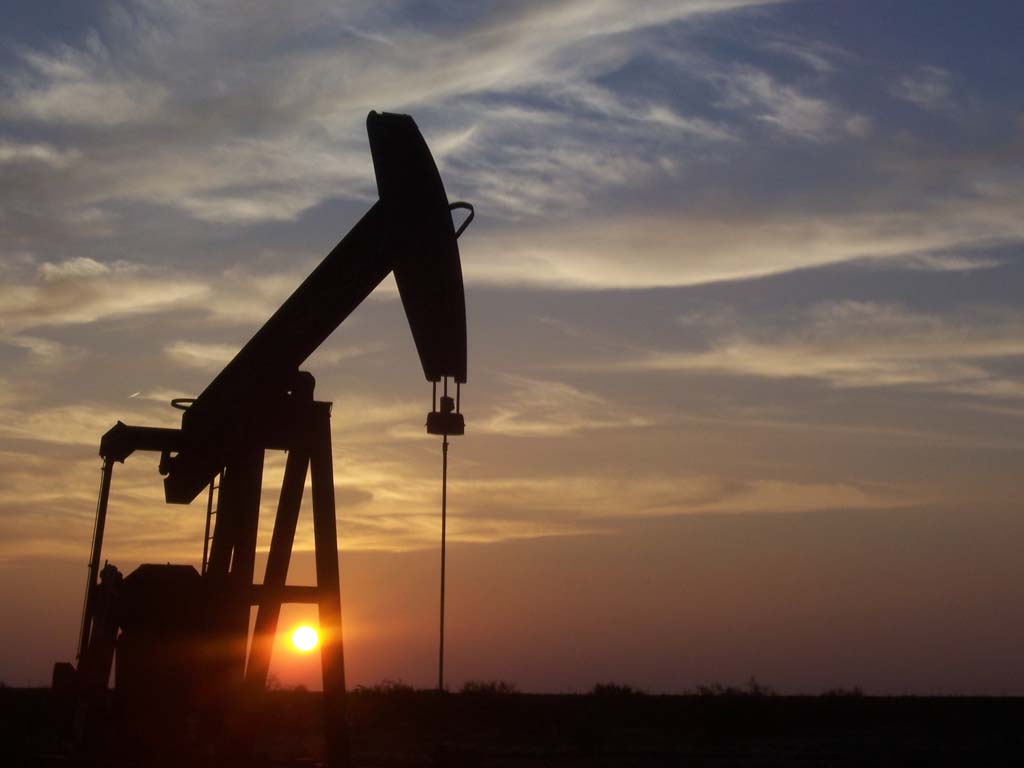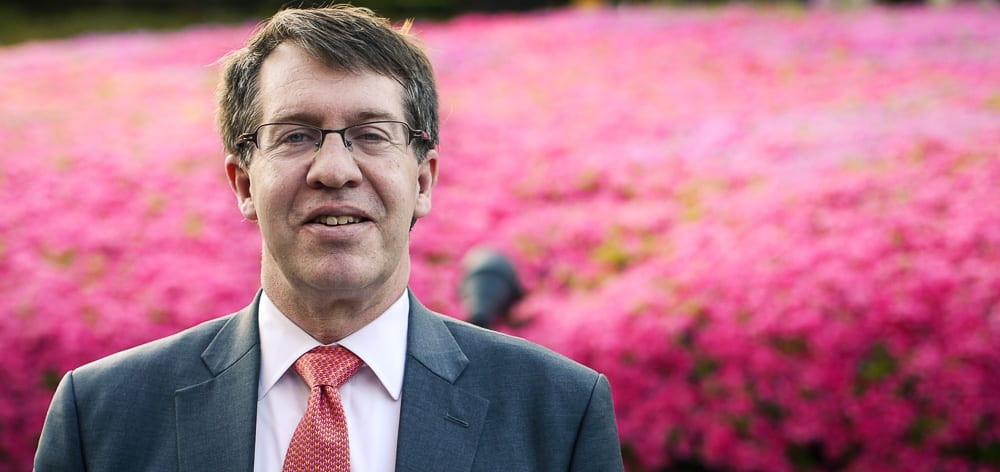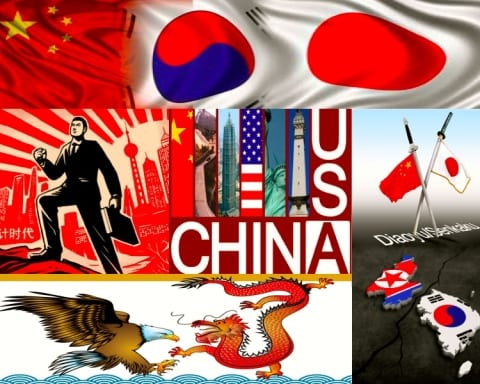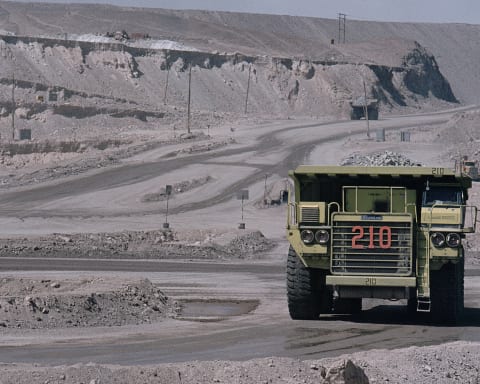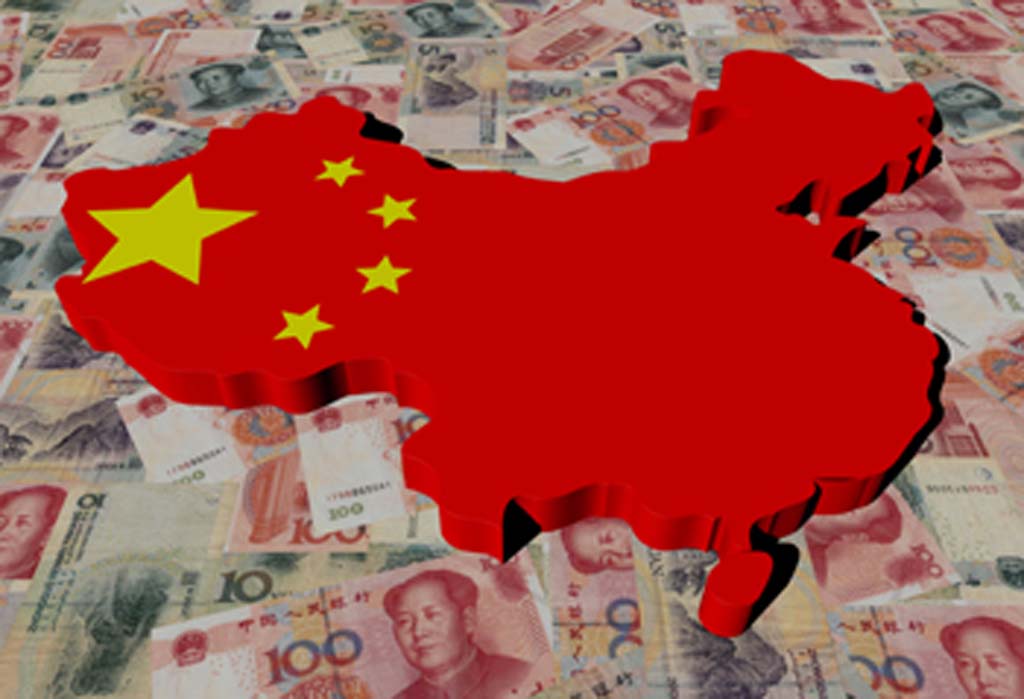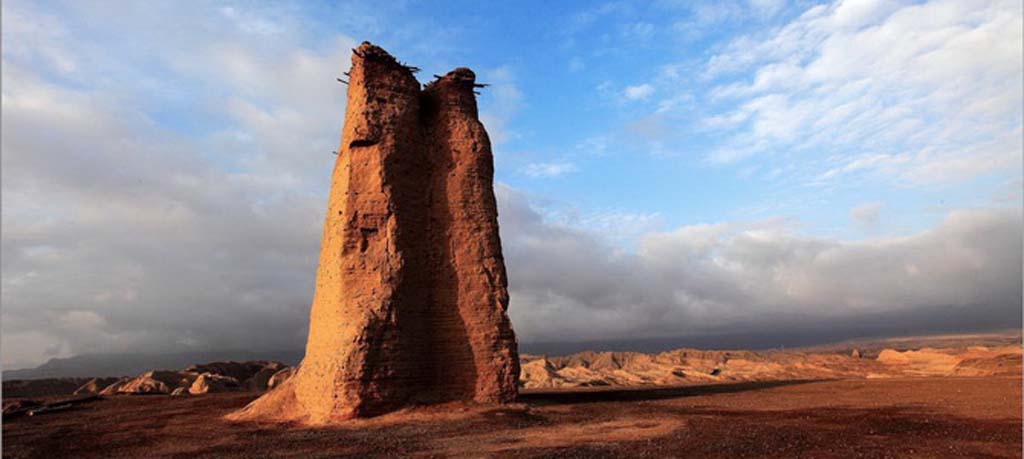Climate change is perhaps one of the thorniest economic and social problems of our time. This is not unrelated to the fact that in many countries, the forms of energy that power economic growth are those with the highest concentrations of carbon –oil and coal. It has been argued that it only takes three economies – the United States, China and India – to produce more than 40% of all global greenhouse gas emissions [1]. After the recent UN Paris Climate Change Conference (COP21) nonetheless, energy policies have quickly become priority issues in many developing countries’ agendas for a number of reasons, ranging from new technological developments and economic benefits to above all, energy security and climate change mitigation. A number of technical and economic challenges are likely to emerge in the near future, given the widespread development of fossil fuel resources and their incompatibility with decarbonised energy systems, now being adopted across many of these regions to mitigate global climate change.
In this sense, developing countries played a marked role in the debates at the COP21 climate negotiations. For instance Mexico, which has potential oil reserves estimated at around 42 billion barrels of oil equivalent at the close of 2013 [2] , faces serious challenges as it has recently opened up its energy sector to private investment. In an effort to address the decline of its domestic oil production, the Mexican government enacted a constitutional reform in 2013 that ended the 75 year monopoly of Petróleos Mexicanos (Pemex), the state-owned oil company. The reform came in response to the urgent need to boost economy growth and create jobs while rejuvenating production in the hydrocarbon and power subsectors. Competition is being gradually introduced in refined products and electricity markets, and private investment is flowing into various stages of these industries, particularly in upstream oil and gas.
The proposals of the reform have generated a great deal of attention in countries around the world. Not surprisingly, during the last visit of the current Mexican President to the United Kingdom early this year, the Mexican leader met the British Prime Minister to discuss energy ties as part of Europe’s effort to reduce dependency on Russia. The Mexican president ended his visit with several agreements signed on energy cooperation, supported by the UK Export Finance (UKEF) and the UK Trade & Investment (UKTI) to strengthen financial support for business operating in the Mexican hydrocarbon subsector [3]. However, environmental concerns have been raised in both countries.
On the one hand, environmental organisations in the UK have argued that UKEF’s project scheme for Mexico run counter to the British government’s commitments to fight climate change. They stress that exploitation of oil and gas causes great pollution through CO2 emissions and short-lived climate pollutants which significantly influence the global temperature increase [4]. UKEF has given financial support worth only £3.6m to green energy projects around the world in the years prior to 2015 in contrast to the £660m (US$ 1bn) funding package authorised this year for fossil fuels companies in Mexico involving Pemex [5].
On the other hand, climate change has been a subject of great consequence for Mexico despite its energy and carbon intensive reform. The negative impacts of climate change have cost the government around US$ 1.5bn annually from 2000 to 2012 [6]. In fact, one in five Mexicans lives in vulnerable municipalities with high risks of climate impacts – floods, acid storms, forest fires and drought. In response, the Mexican government has adopted a series of initiatives to mitigate the problem that eventually gave rise to the current Intended Nationally Determined Contributions (INDCs) at the COP21. (INDCs are national climate action plans/goals for the post-2020 time period that countries submit to the United Nations.) Mexico has proclaimed its commitment to reduce emissions by 50% by 2050 relative to the 2000 baseline according the National Climate Change Strategy [7]. As two thirds of CO2 emissions have been caused by the exploitation of fossil fuels and the production of power in the country [8], the deal between Mexico and the UK in spurring hydrocarbons exploitation contravene the Mexican environmental agenda to cope with climate change. The Mexican Ministry of Planning and Environmental Policy currently provides only a weak constraint on the response to future emissions without taking into account which oil-and-gas resources should and should not be consumed, a step widely agreed as a global tool for mitigation [9].
In short, many challenges lie ahead for Mexico – one of the top 10 global greenhouse gas emitters [10], as well as other developing country members post-COP21. Generating ambitious emission scenarios —including analyses of acceptable threshold amount of hydrocarbon resource investment — are particularly critical for these countries. Such guidelines will improve energy outlooks for the energy security policies of developing countries and better the understanding of how investors and citizens may respond to different scenarios of energy production. In addition, establishing regulatory frameworks that encourage low-carbon innovation, reallocation of investments, and reduction of fossil fuel subsidies also constitute tangible ways of combating climate change.
Bibliography
- Jones, B., & Morris, A. (2015). Beyond the Paris agreement: COP21 shouldn’t be a milestone, but rather a launching pad for a new phase of climate action. Brookings. Retrieved December 15, 2015, from http://www.brookings.edu/blogs/planetpolicy/posts/2015/12/14-cop21-beyond-the-paris-agreement-jones-morris
- Sen, A., & Upadhyaya, S. (2014). Awaiting the Mexican Wave: Challenges to energy reforms and raising oil output. The Oxford Institute for Energy Studies. Retrieved June 30, 2015, from http://www.oxfordenergy.org/wpcms/wp-content/uploads/2014/06/Awaiting-the-Mexican-Wave-Challenges-to-energy-reforms-and-raising-oil-output.pdf
- (2015). Mexican energy reform offers opportunities for UK oil and gas industry. The UK Government. Retrieved March 20, 2015, from https://www.gov.uk/government/news/mexican-energy-reform-offers-opportunities-for-uk-oil-and-gas-industry
- Meinshausen, M., Meinshausen, N., Hare, W., Raper, S.B., Frieler, K., Knutti, R., Frame, D.J., & Allen, M.R. (2009). Greenhouse-gas emission targets for limiting global warming to 2° C. Nature, 458, pp. 1158-1163.
- Macalister, T. (2015). UK trade deal finances ‘dirty energy’ projects in Mexico, says Greenpeace. The Guardian. Retrieved December 10, 2015, from http://www.theguardian.com/business/2015/mar/05/uk-investment-in-mexican-oil-firm-angers-greenpeace
- (2013). Renewing Mexico’s energy future: diagnosis and proposals to boost renewable energy (Document in Spanish). Research Centre for the Development (CIDAC). Retrieved December 14, 2015, from http://cidac.org/esp/uploads/1/Renovando_el_futuro_energe__tico-100913.pdf
- National Climate Change Strategy 10-20-40 Vision Federal Government of Mexico. Federal Government of Mexico. Retrieved November 20, 2015, from http://mitigationpartnership.net/sites/default/files/encc_englishversion.pdf
- (2014). CO2 Emissions from Fuel Combustion Highlights. International Energy Agency. Retrieved December 10, 2015, from http://apps.unep.org/redirect.php?file=/publications/pmtdocuments/-CO2_Emissions_from_Fuel_Combustion_Highlights-2014CO2_Emissions_From_FuelCombustion_Highl.pdf
- McGlade, C., & Ekins, P. (2015). The geographical distribution of fossil fuels unused when limiting global warming to 2 °C. Nature, 517, pp. 187-190.
- (2015). Global Top 10 Greenhouse Gas Emitters. World Resources Institute. Retrieved December 15, 2015, from http://www.wri.org/blog/2015/09/8-interactive-graphics-answer-top-climate-change-questions
